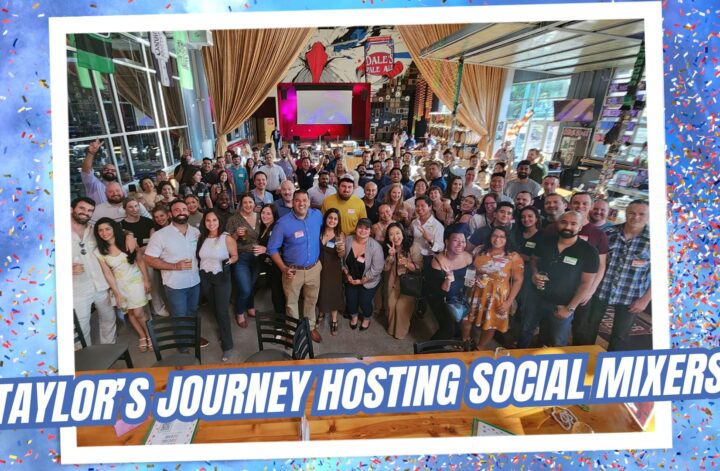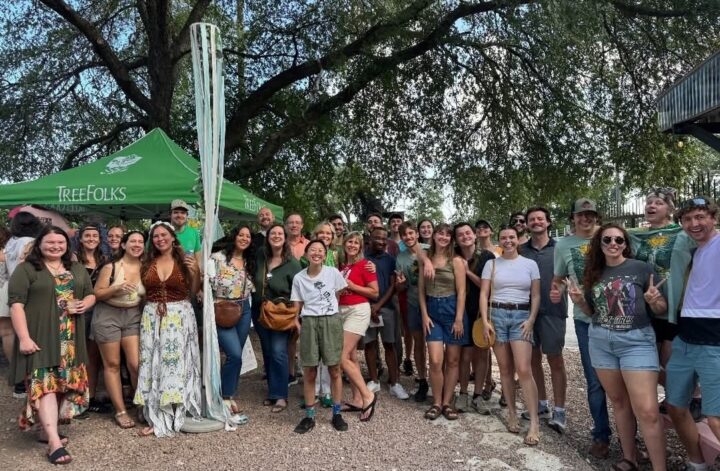I’m Taylor Scott Nelson…
A marketing and communications specialist who helps mission-driven organizations tell their stories with clarity, creativity, and purpose. My career spans agency and in-house roles across the nonprofit, government, and corporate sectors, with a consistent focus on sustainability, conservation, and community impact. Whether I’m shaping a brand narrative, leading a public outreach campaign, or developing digital strategy, I aim to connect people with ideas that drive meaningful change.
Early in my career, I built a strong foundation in strategic communications through agency work with clients in automotive, tech/data, nonprofit consulting, and cybersecurity industries. Over time, my work shifted toward the causes I care most about. A turning point came when I completed an immersive sustainability education program at the Lost Valley Education Center and Ecovillage in Oregon. There, I deepened my understanding of ecological stewardship, permaculture, and community resilience—values that now guide my professional path.
After returning to Texas, I’ve aligned my communications expertise with my environmental values. I’ve led statewide water conservation campaigns at the Texas Commission on Environmental Quality, driven urban forestry and community greening efforts at the Texas Trees Foundation, and promoted sustainable waste management at Texas Disposal Systems. Most recently, I supported environmental design project bids and business development at Design Workshop. Across these roles, my mission remains the same: to tell stories that inform, inspire, and move people toward a more sustainable future.


“Get to Know Me in 60 Seconds” Video
Want the highlights of who I am and what I do? This short video gives you a quick 60-second overview of my professional journey—from launching PR campaigns and managing community engagement programs to championing sustainability through digital marketing, content strategy, and brand storytelling. You’ll see I’ve supported everything from statewide environmental initiatives to grassroots nonprofit efforts—all with a focus on creating real, measurable impact.
Beyond the resume, the video also offers a look at the person behind the professional. I share what inspires me, including my love for Texas, my hobbies, personal accomplishments, and the values that ground my work. It’s a personal 60-second advertisement to get to know me in a bullet point presentation format.
Brands & Organizations I’ve Worked With
My communications career began in agency settings, where I worked with clients across a diverse mix of industries—including automotive, IT and data services, cybersecurity, and nonprofit consulting. These early roles taught me how to adapt messaging across sectors, develop clear brand positioning, and deliver results under tight deadlines. I gained firsthand experience in campaign execution, client relations, and managing communications across traditional and digital platforms.
As my career evolved, I grew toward more purpose-driven organizations and transitioned into in-house marketing roles. These positions allowed me to go deeper into mission-aligned work, particularly in the areas of sustainability, resource conservation, environmental advocacy, and public outreach. Each brand or organization I’ve collaborated with has played a role in shaping the strategic communicator I am today—someone who thrives at the intersection of creativity, clarity, and meaningful impact.
On the Blog
My blog is where my professional experience meets personal passion. It’s a space to share reflections on sustainable communications, highlights from local networking events, and field notes from my work in environmental outreach and green marketing. I explore topics like personal green projects, green topics applied to marketing, ecotourism and venue tours in Texas, and behind-the-scenes campaign work, connecting everyday moments to broader environmental themes. Whether I’m writing about a public park, a conservation nonprofit, or a zero-waste efforts, I aim to share these experiences with others.
I also use my blog to highlight community events, green festivals, and eco-conscious venues that inspire action and awareness. It’s part journal, part resource, and part storytelling platform for anyone interested in living and working more intentionally. Each post reflects my belief that small, informed actions—whether in marketing, travel, or daily life—can contribute to a more sustainable and connected world
Taylor Scott Nelson
Personal Adventure Blog and Professional Portfolio




